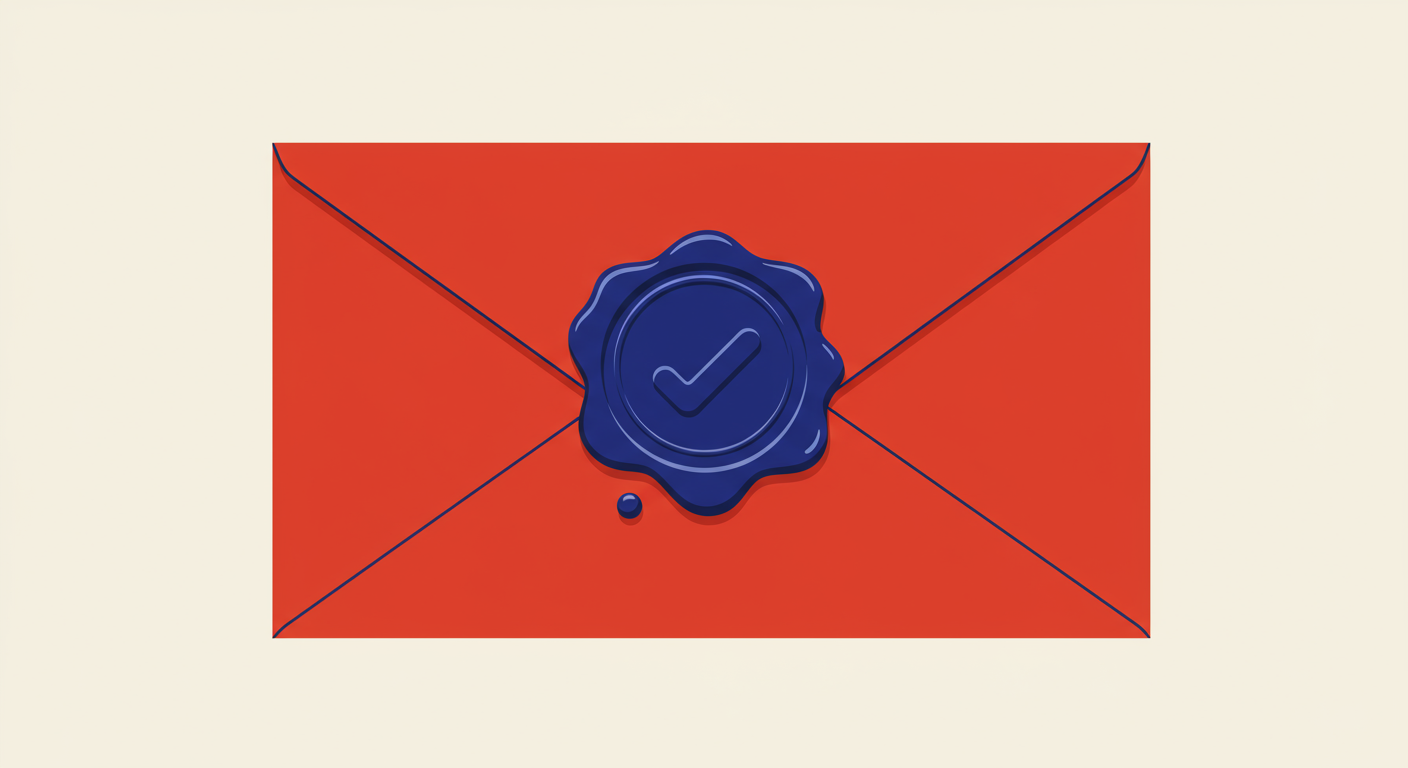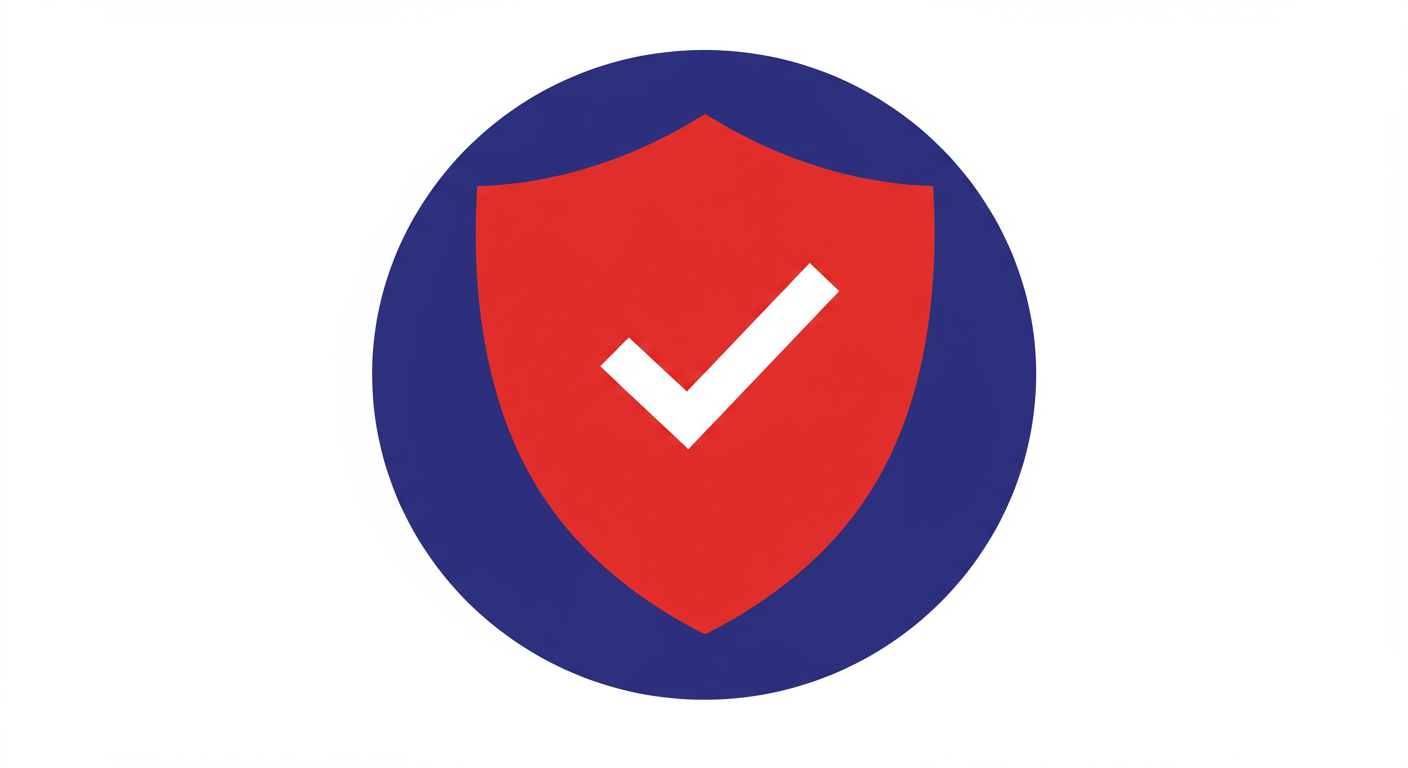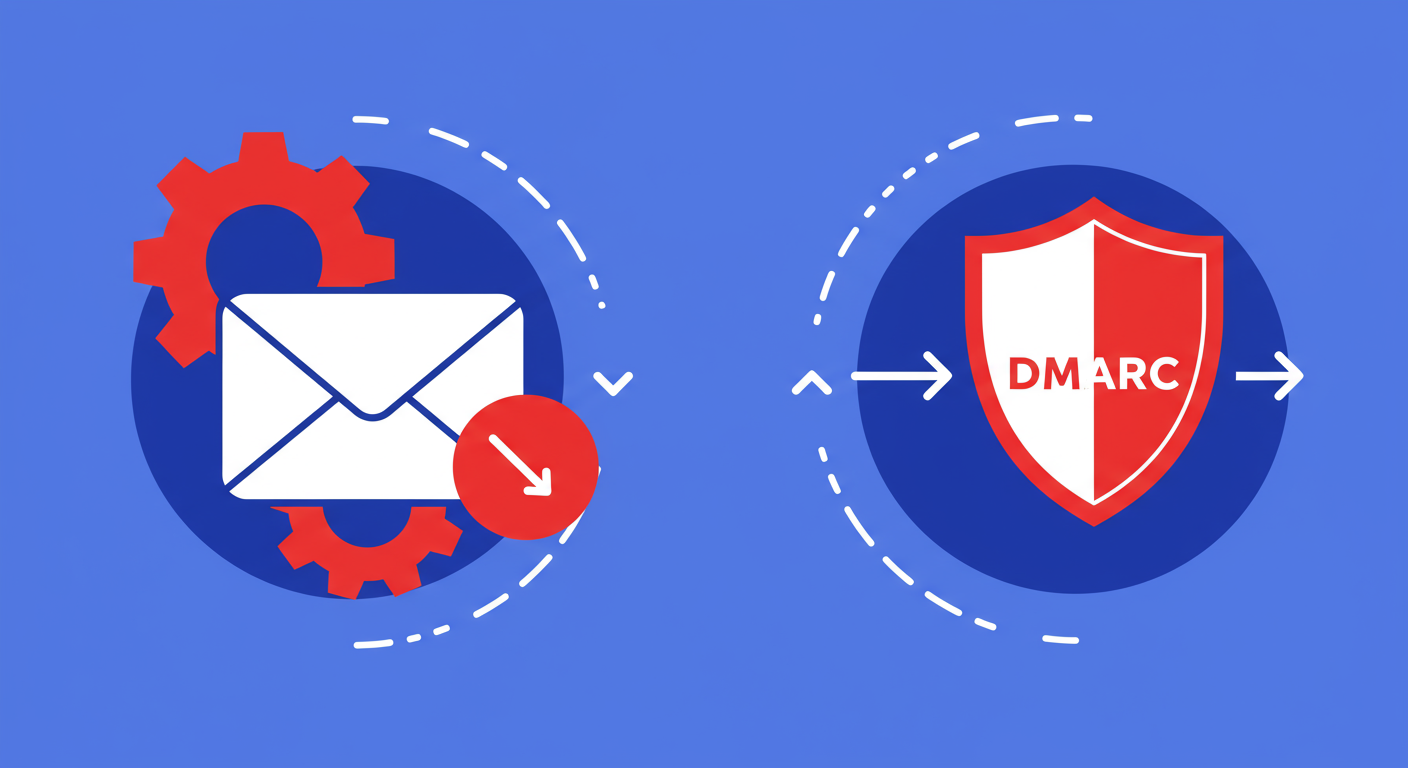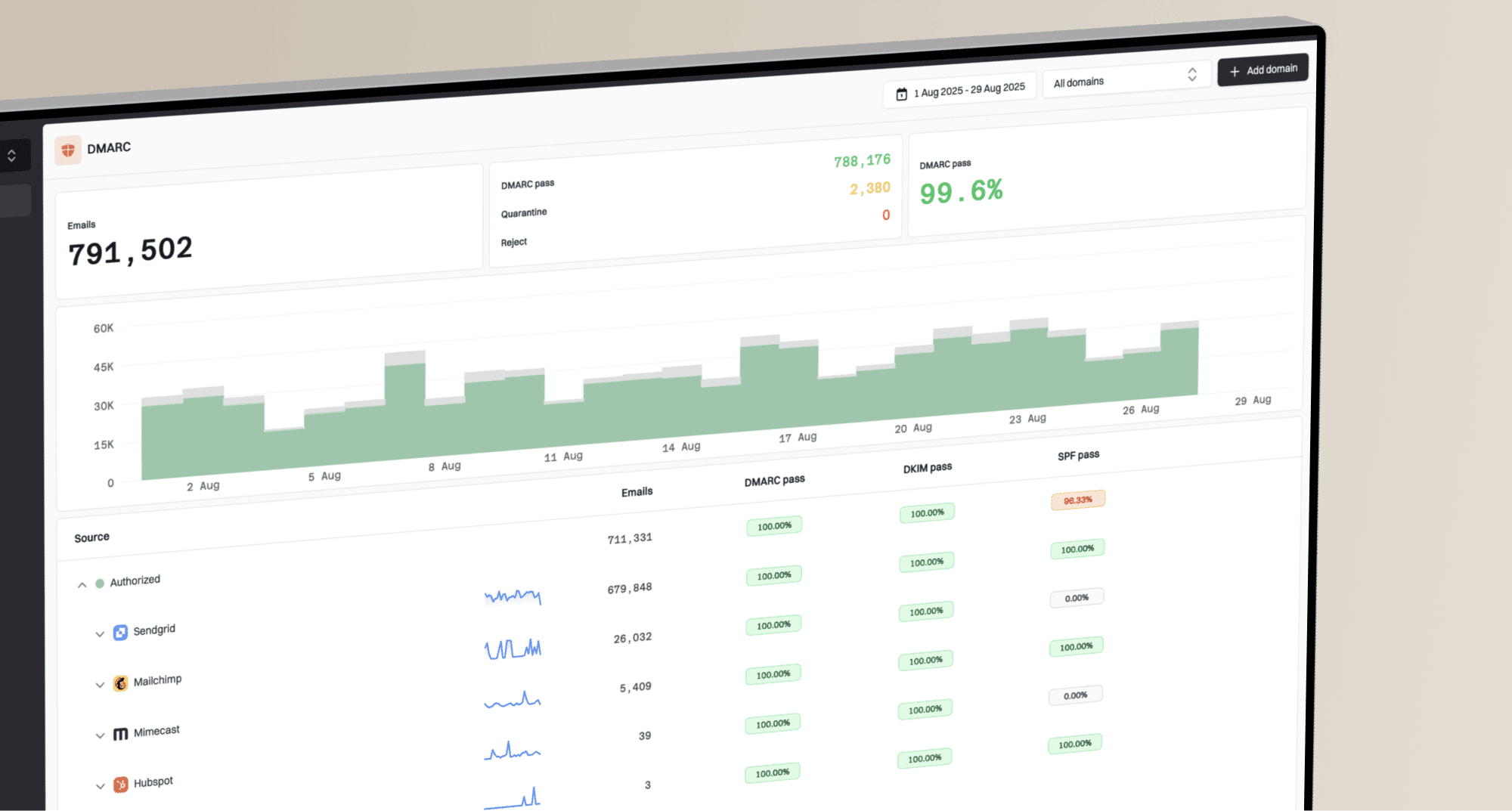
When it comes to setting up email authentication, things can get confusing quickly. I've seen countless businesses struggle with the technical details of SPF, DKIM, and DMARC. One of the most common questions that comes up is about DMARC records. Can you have more than one? Perhaps one for your email service provider and another for Google Workspace? It's a logical question, but the answer is a firm and simple no.
A domain must have exactly one DMARC record. Having more than one isn't just bad practice; it completely invalidates your DMARC setup, leaving your domain vulnerable and defeating the entire purpose of implementing it. This might seem strict, but there's a very clear reason for this rule, which is embedded in the DMARC specification itself.
In this guide, I'll walk you through why multiple DMARC records cause failure, how to check your own domain for this common mistake, and the correct way to consolidate your DMARC configuration if you find you have more than one. Getting this right is a fundamental step in securing your email channel.
DMARC, which stands for Domain-based Message Authentication, Reporting, and Conformance, is an email authentication protocol that works with SPF (Sender Policy Framework) and DKIM (DomainKeys Identified Mail) to protect your domain from being used in phishing attacks and email spoofing. Think of it as the policy layer that tells receiving mail servers what to do when an email claiming to be from you fails authentication checks.
The DMARC record itself is a simple text (TXT) record published in your domain's DNS. This record is placed at a specific hostname: _dmarc.yourdomain.com. It contains tags that define your policy. The most critical tags are v=DMARC1 (the version), p (the policy, e.g., none, quarantine, or reject), and rua (the address for receiving aggregate reports).
Before you even get to DMARC, you must have SPF and DKIM records properly configured. DMARC relies on the results from these two checks to make its decision. If an email fails both SPF and DKIM alignment, DMARC tells the receiving server how to handle it based on your chosen policy, providing a crucial line of defense.

The DMARC specification is crystal clear on this point: a domain must not have more than one DMARC record. When an email server receives an email, it performs a DNS lookup to find the DMARC policy for the sender's domain. If that lookup returns two or more TXT records at the _dmarc subdomain, the DMARC check fails immediately. The server won't try to guess which record is correct or try to merge them.
Instead, the policy discovery process terminates, and DMARC is simply ignored for that message. This means your carefully crafted policy, whether it's p=reject or p=quarantine, will not be enforced. It's as if you have no DMARC record at all. You lose all protection against spoofing and you won't receive the valuable reports that DMARC provides.
This issue often arises when organizations use multiple third-party services (for example, an email marketing platform and an office suite like 

Fortunately, checking your domain for multiple DMARC records is straightforward. You can use a command-line tool like dig (on Linux/macOS) or nslookup (on Windows) to query the TXT records for your DMARC hostname.
dig TXT _dmarc.yourdomain.comExamine the ANSWER SECTION of the output. If you see more than one line starting with _dmarc.yourdomain.com. followed by TXT, you have multiple records. A correct setup will only show one such line.
If you find multiple DMARC records, the fix is to consolidate them into a single record. You need to log in to your DNS provider and delete the extra records, keeping only one. If the records contain different information, such as different reporting addresses in the rua tag, you can merge them. Simply list the email addresses separated by a comma within the same rua tag.
It is crucial to remember that having multiple records renders your DMARC policy useless. Whether you've set your policy to p=none for monitoring or escalated to p=reject for maximum protection, none of it matters if the mail server can't find a single, authoritative record to follow. The entire system is built on the principle of having one clear set of instructions.
A common point of confusion is the ability to send reports to multiple destinations. You can absolutely have multiple email addresses listed in the rua (aggregate reports) or ruf (forensic reports) tags. This does not require multiple DMARC records. All addresses are included within the same single TXT record, separated by commas.
v=DMARC1; p=quarantine; rua=mailto:reports@example-a.com,mailto:dmarcreports@suped.com; ruf=mailto:forensic@example-a.com;The key takeaway is distinguishing between multiple records and multiple values within a single record's tag. The former is forbidden and breaks everything; the latter is a standard and useful feature of DMARC.
While it may seem like a minor detail, the one-record rule for DMARC is fundamental to its operation. It ensures there is a single, unambiguous source of truth for your domain's email policy. Allowing multiple records would introduce ambiguity, which is the exact opposite of what security protocols aim to achieve. If a receiving server sees two different policies, it has no safe way to proceed, so it stops.
Ensuring you have a single, correctly formatted DMARC record is one of the most important steps in your email authentication journey. It protects your brand's reputation, secures your communication channels, and provides invaluable insight into how your domain is being used across the internet. Take a moment to check your configuration today; it's a simple step that can make all the difference.












